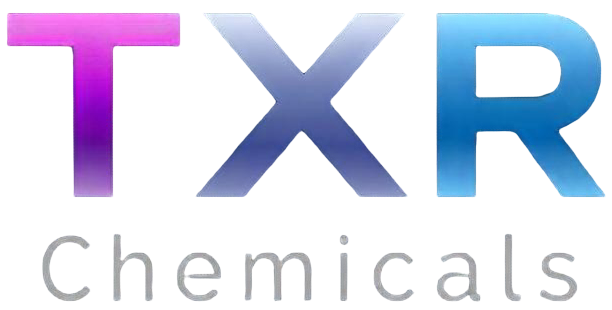Dissociatives (Hallucinogenics) – Powerful Psychedelic Tools for Scientific Exploration
Dissociatives belong to a unique class of hallucinogenics that alter sensory perception, identity awareness, and spatial orientation. These compounds disrupt signals between the brain and the body, creating effects such as detachment from reality and dream-like states. Unlike traditional psychedelics, dissociatives often induce profound disconnection, making them valuable tools in both neuroscience and pharmacological research.
As research into consciousness expands, dissociative drugs have become essential for exploring altered mental states and neural response patterns.
What Makes Dissociatives Unique?
Dissociatives act primarily on NMDA receptors in the brain. By blocking glutamate—the primary excitatory neurotransmitter—they interrupt typical neural communication. As a result, users experience altered time perception, sensory distortion, and loss of physical control. Researchers use these effects to model and study symptoms similar to schizophrenia, dissociation, and anesthesia.
Because of their mechanism, dissociatives differ significantly from classic hallucinogens like LSD or psilocybin.
Common examples include Ketamine, DXM (dextromethorphan), PCP (phencyclidine), and newer synthetic analogs. Each compound varies in duration, potency, and cognitive effect, offering researchers multiple angles for studying consciousness and neuroplasticity.
These tools allow scientists to test how the brain constructs reality under altered states.
Scientific Applications of Dissociative Drugs
Dissociative anesthetic drugs have shown potential in fields such as psychiatry, trauma recovery, and pain management. Ketamine, in particular, plays a groundbreaking role in depression treatment research due to its rapid-acting effects on mood regulation. Other dissociatives help simulate states relevant to neurological and psychological disorders, enabling safer, controlled experimentation.
In addition, these compounds assist with mapping the brain’s emotional circuitry and receptor activity.
For experimental accuracy, researchers often prefer pharmaceutical-grade dissociatives in both powder and solution form. Proper dosing, chemical stability, and documentation remain essential for effective use in institutional settings.
Therefore, consistency and quality assurance directly influence the reliability of research outcomes.
Handling and Compliance Standards
Only trained professionals should work with dissociative drugs. Improper use or exposure may result in disorientation, memory loss, or sedation. Research teams must implement secure storage, hazard labeling, and standard protective gear during handling. All dissociative substances should remain traceable through certificates of analysis and sourcing documentation.
These protocols protect researchers while ensuring ethical and legal compliance.
Showing all 7 results
-

2-Fluorodeschloroketamine (2-FDCK)
Price range: $350.00 through $2,500.00 Select options This product has multiple variants. The options may be chosen on the product page -

Fluorexetamine FXE
Price range: $250.00 through $1,800.00 Select options This product has multiple variants. The options may be chosen on the product page -
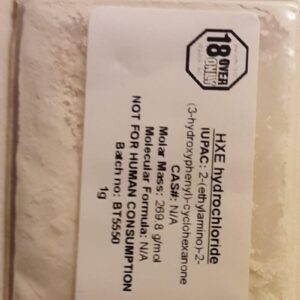
HXE hydrochloride
Price range: $400.00 through $3,000.00 Select options This product has multiple variants. The options may be chosen on the product page -

ketamine Nasal Spray
Price range: $180.00 through $350.00 Select options This product has multiple variants. The options may be chosen on the product page -
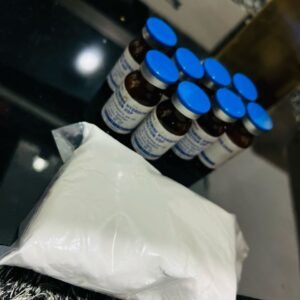
Ketamine Shards
Price range: $400.00 through $2,500.00 Select options This product has multiple variants. The options may be chosen on the product page -
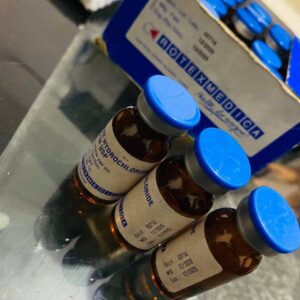
Ketamine Vials
Price range: $350.00 through $1,500.00 Select options This product has multiple variants. The options may be chosen on the product page -
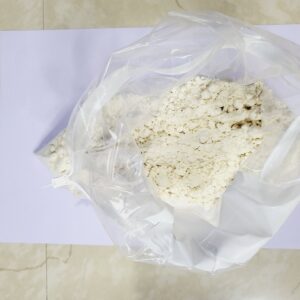
MXPr hydrochloride
Price range: $400.00 through $3,000.00 Select options This product has multiple variants. The options may be chosen on the product page
